It’s one of the biggest annoyances in diving, when you travel all the way out to a site, then by some small and common equipment failure, you suddenly are unable to dive. This could be anything from a leaky tank o-ring to a broken mask or fin strap. These small issues are easily fixed with a dive saver kit.
Personally, I recommend carrying around a small kit with even just temporary replacements to these problems. It’s like having a space saver in the boot of your car. I’ve found that my ideal dive saver kit contains the following:
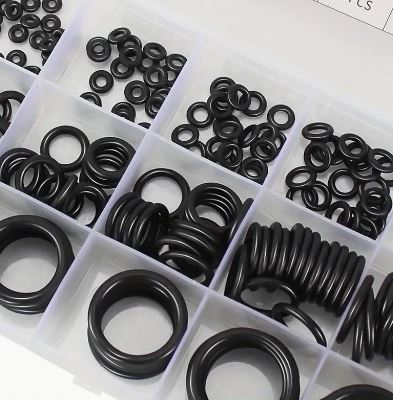
O-Rings
A few spare tank o-rings. Remember not one o-ring fits all tanks! Do some research or enquire at your local friendly dive store to see what o-ring fits your tanks.
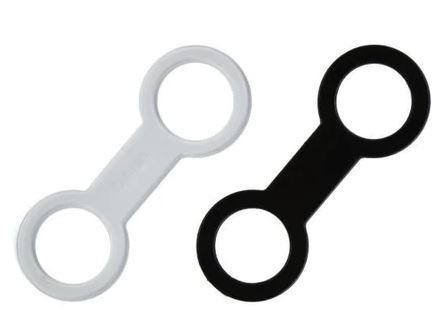
Snorkel Keeper
I particularly like to pack the silicone figure-8 shaped ones as they can be used for other things as well, like a reg mouthpiece holder.
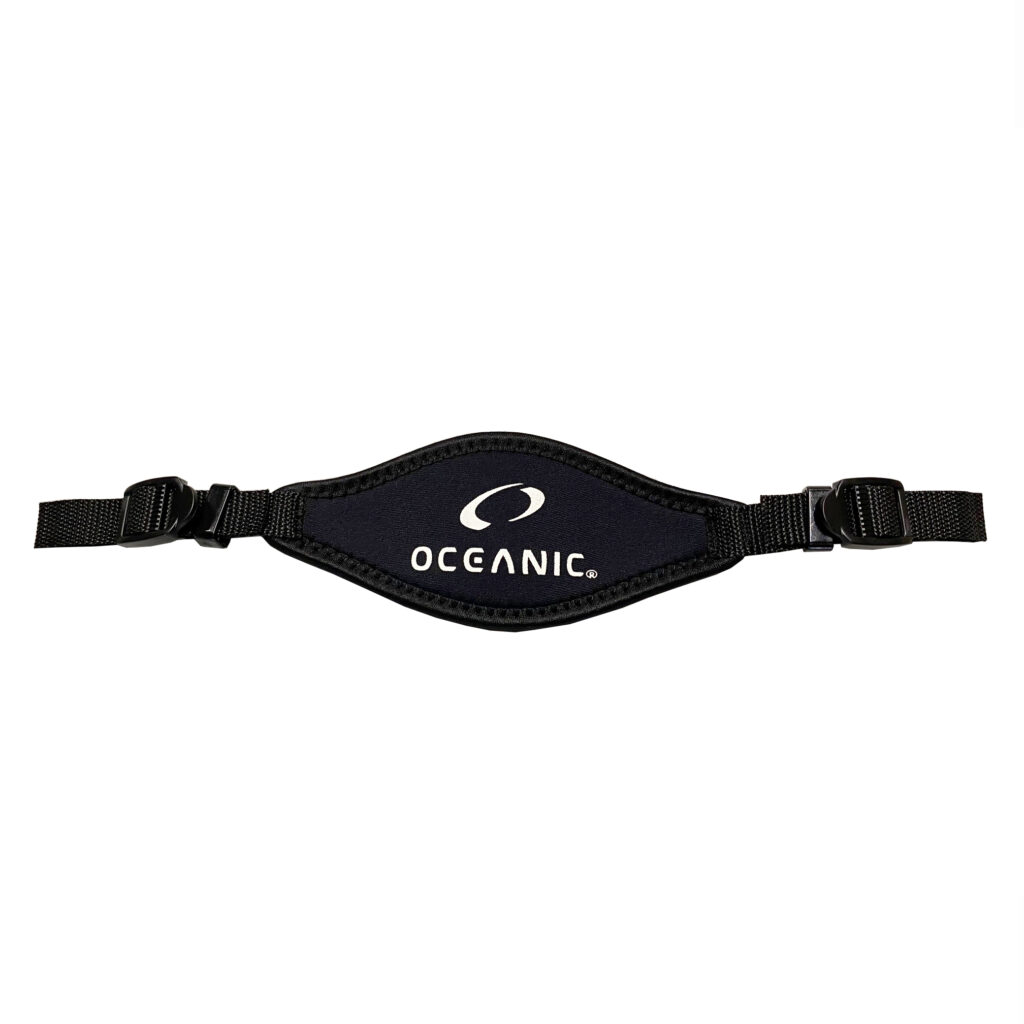
Mask Strap
I always keep a spare mask strap on me when going for a dive, and preferably a comfy one. I find that the comfort straps are great for this and are compatible with most masks.
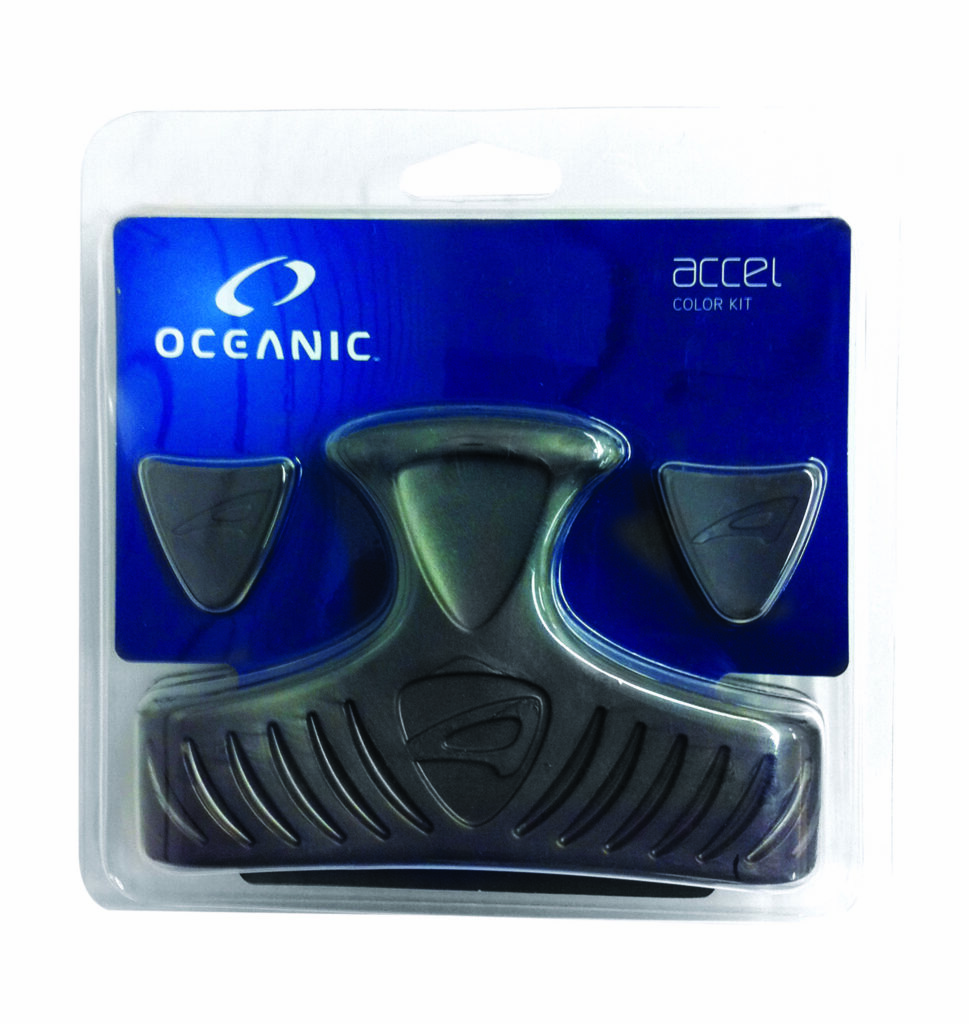
Fin Strap
The Oceanic accel straps are great for spares. You can get them in any colour, and they are very universal, fitting onto any fin with a lug for them to go onto, so no fiddling around with buckles.
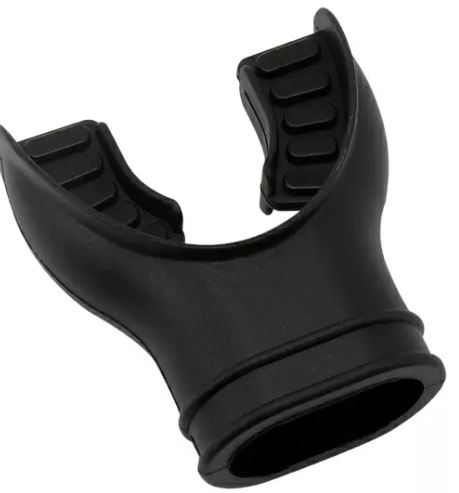
Regulator Mouthpiece
Anything that will fit your regulator will work. There is a personalized orthodontic mouthpiece which fits onto any reg, and functions more or less how you sculpt a mouthguard. Once this is installed, you can simply use the original mouthpiece that came from your regulator as a backup.
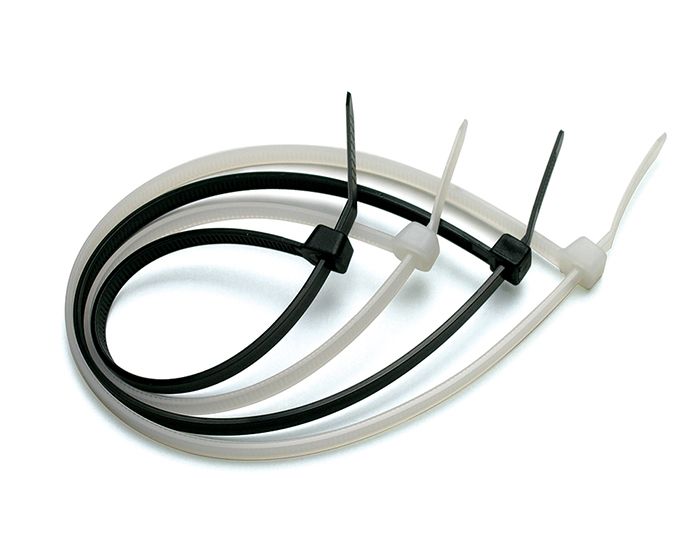
Cable Ties
These are essential to any good dive saver kit. They hold everything together and makes doubly sure that nothing will come apart under the water.
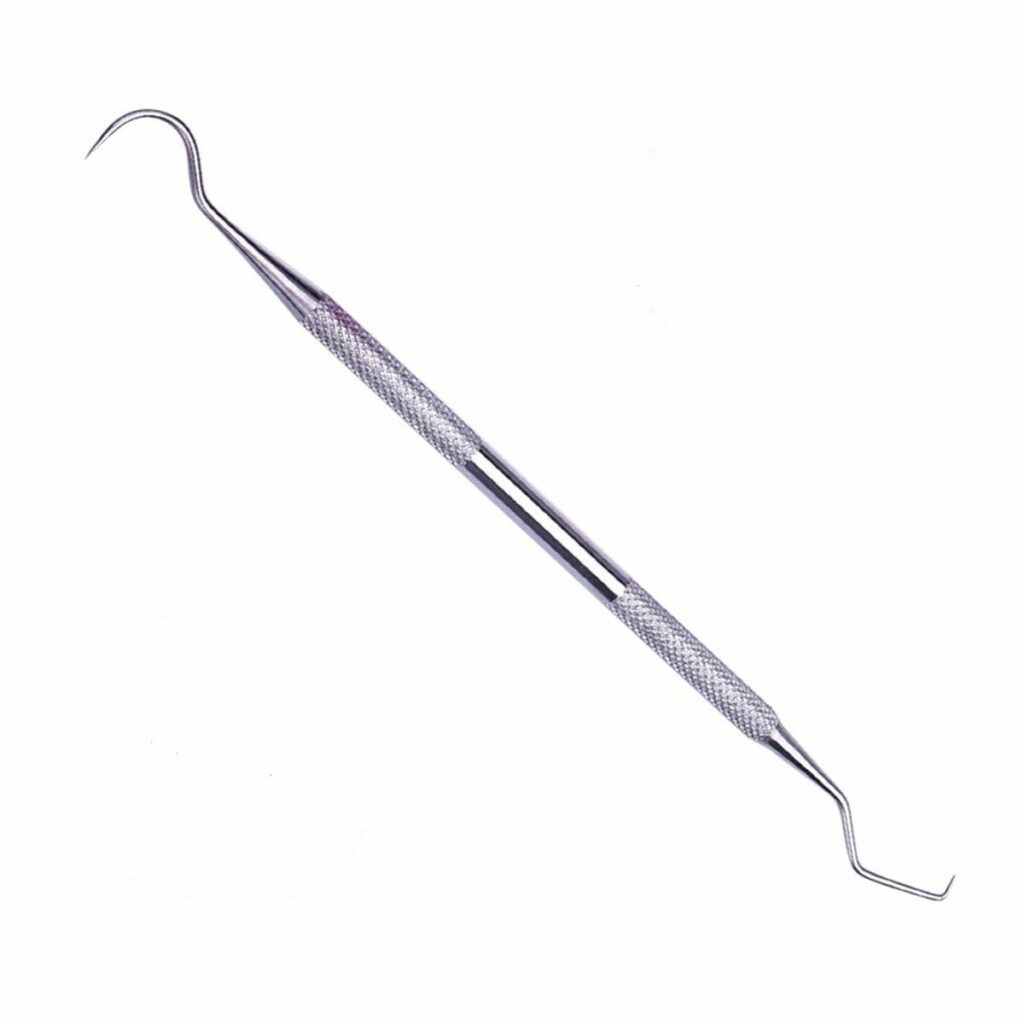
Dental Pick
This is great for replacing the o-ring on your tank and helps negate the fiddly process of swapping it out for a new one.
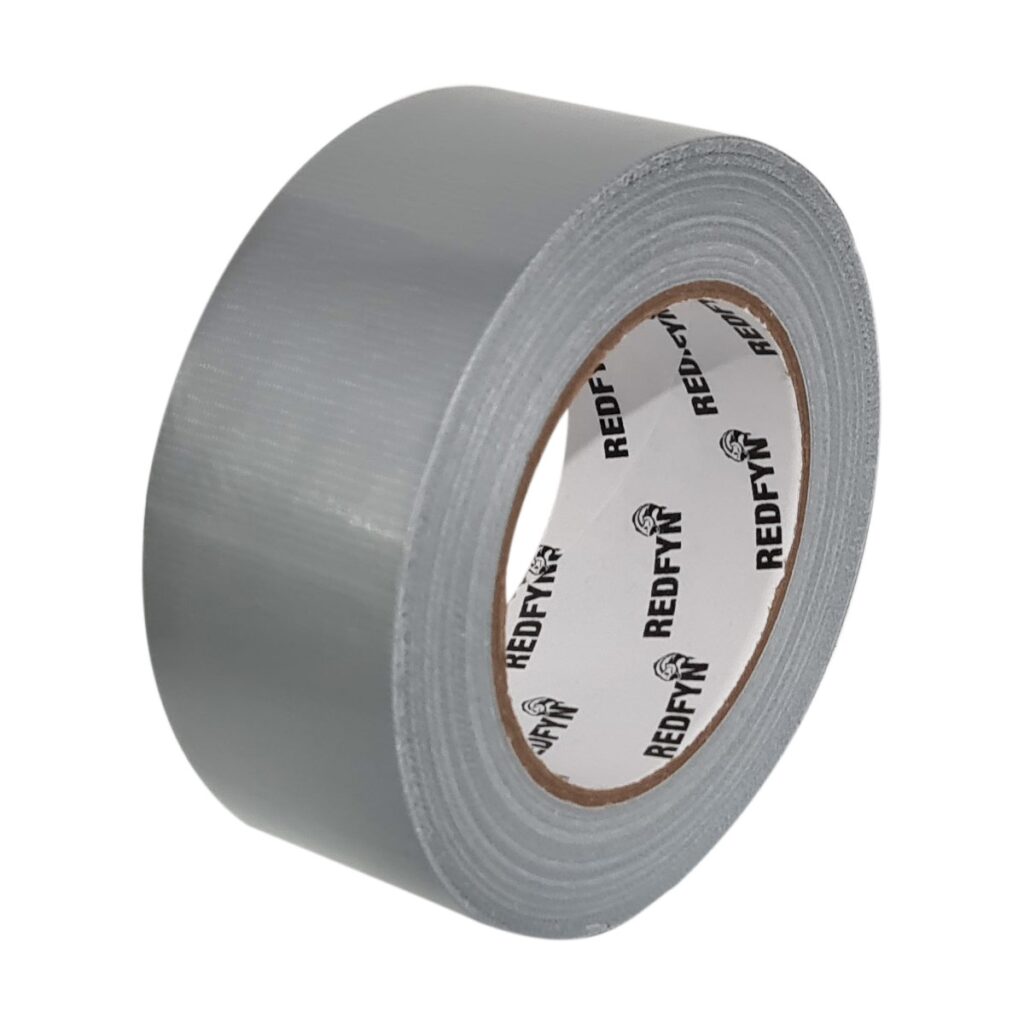
(OPTIONAL) Duct Tape/Contact Cement
For my drysuit divers out there! You don’t want your drysuit to have a rip in it! Not only would that be freezing, it could lead to very dangerous situations under the water. If you suspect a leak, hold all the seals closed and fill the suit up with air. More often than not, you will hear where air is escaping from then you can give it a temporary patch before your dive. Soapy water also helps identify leaks that aren’t as obvious.
Kits like these have saved me more times than I care to count, especially when going to a remote area for a mean dive. Things break, and part of being a responsible diver is to be prepared. It doesn’t cost too much throwing one of these together, and it is ultimately peace of mind.